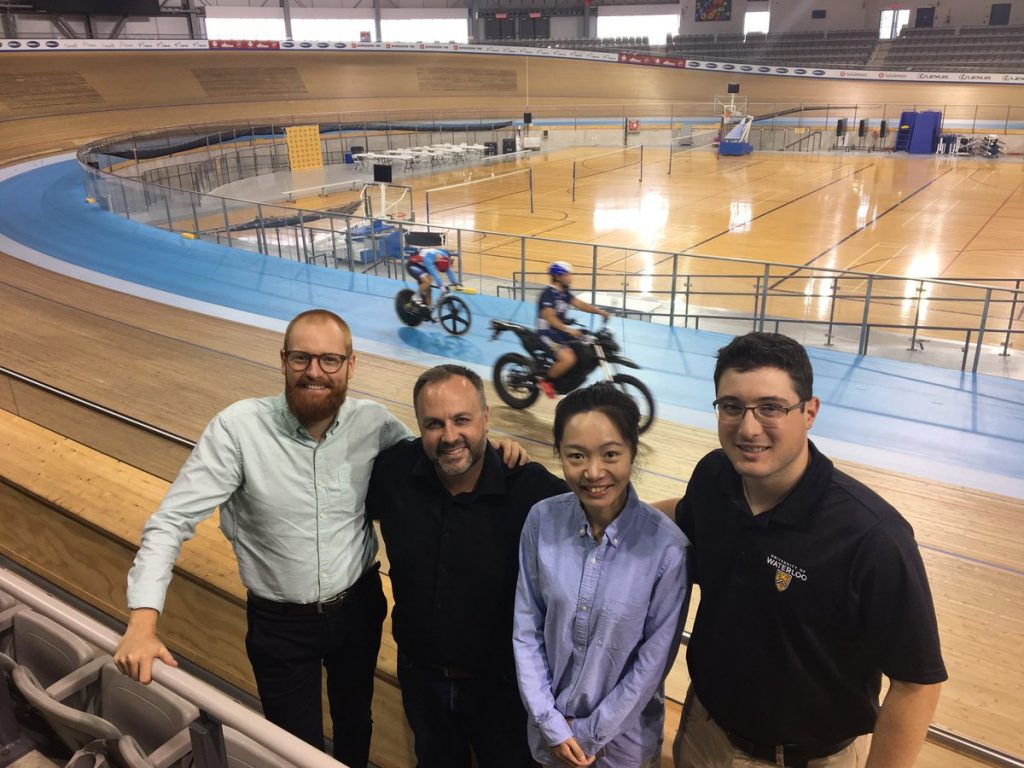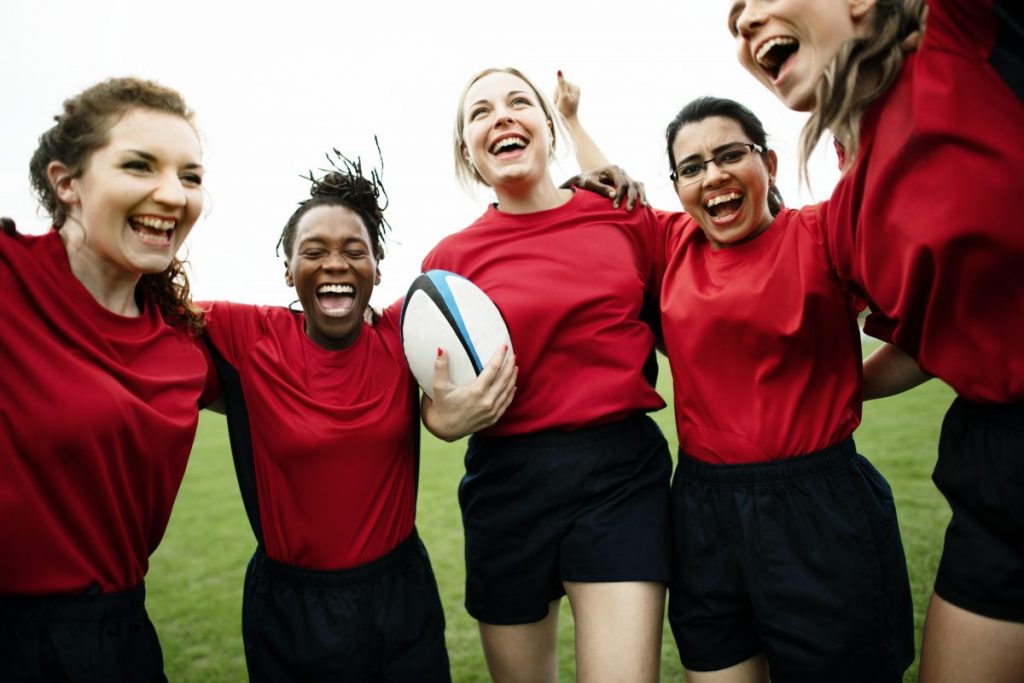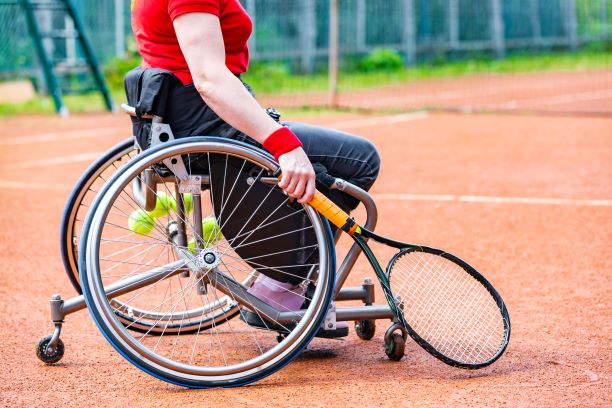Sport Participation Research
Home / SIRC Services / Sport Participation Research Advancing innovation in Canadian sports and physical activity with evidence-based knowledge products through the Sport Participation Research Initiative. Share page sport participation research initiative (SPRI) The Sport Participation Research Initiative (SPRI) is a joint initiative of the Social Sciences and Humanities Research Council (SSHRC) and) Sport Canada. The initiative is intended to support…
If you build it, those with vouchers will come

In 2015, the Town of Milton, Ontario, constructed the $56 million Mattamy National Cycling Centre, which hosted the Toronto 2015 Pan Am/Parapan Am Games’ track cycling competitions. The Mattamy National Cycling Centre is the only indoor 250m cycling track velodrome in Canada. Milton hoped that staging the Pan Am/Parapan Am Games would enhance the visibility of…
Mattamy National Cycling Centre Voucher
New facilities are an important part of hosting national and international events. But how can host committees leverage the events to drive post-event community engagement? Research conducted at the Mattamy National Cycling Centre in conjunction with the track cycling competitions at the 2015 Pan Am/Parapan Am Games used a voucher system to encourage spectators to…
SIRC Blog – Life Skills Transfer
Life skills transfer in sport involves the application of skills learned on the playing field, such as teamwork, communication or honesty, to situations at home, school or work. This process is essential to helping youth athletes thrive within and beyond sport. Learn more in the newest SIRC blog.
Supporting the Transfer and Application of Life Skills Beyond Sport

This is the third and final blog in a series on positive youth development in sport. If this is your first visit to this series, considering taking a few minutes to read the other two posts: Tips on How to Deliver a Quality Youth Sport Program and Teaching Life Skills Through Sport. Life skills transfer is defined…
Running Training Terminology
Trying a new sport often means learning a new language of technical and tactical terms. Running is no different. If you’re new to running and wondering about “interval workouts,” “tempo runs” and “fartlek runs,” this article from Runners World will ensure you’re in the know.
Canadian Disability Participation Project Blog
While accessible sport activities, venues, and services are necessary for people of all abilities to participate in sport, accessibility does not guarantee positive sport experiences. A positive experience is about more than access: it’s about meaningful activities that provide participants with feelings of belonging, choice, challenge and success. For this reason, researchers from the Canadian…
Is Accessibility Enough? How to Create Quality Experiences in Parasport

In 2006, the United Nations endorsed the Convention on the Rights of Persons with Disabilities (CPRD) — a landmark convention that protects the right to participation in variety of social domains, including sport activities, venues, and services. The CRPD has been ratified by Canada and 176 other countries around the world. Nonetheless, rates of sport…
Unstructured Play
Unstructured play contributes to the mental health of children and youth by promoting positive feelings through experiences of joy, thrill and competence; building children’s resilience through challenging or risky play; and improving healthy relationship by building problem-solving and emotional intelligence. Download an infographic summarizing five key findings relating to unstructured play and mental health.
2020 AWG Blog Series
The first Arctic Winter Games was hosted in 1970 engaging 500 athletes from Alaska, Northwest Territories, and Yukon. In March of 2020, an estimated 2,000 athletes from across the Circumpolar North will be in Whitehorse, Yukon as the Games mark their 50th anniversary. Learn more about the Games and its role in athlete development in…